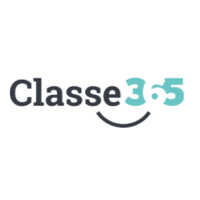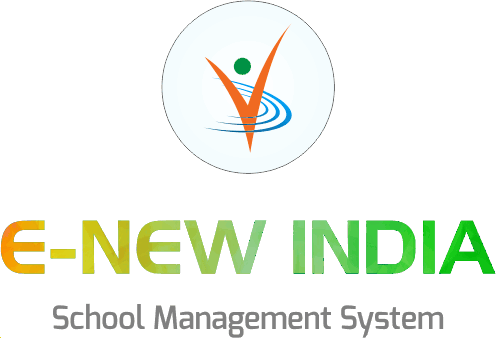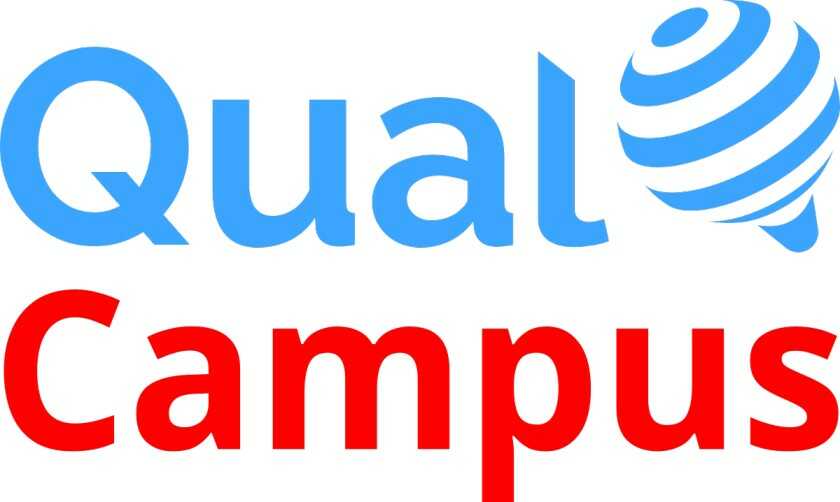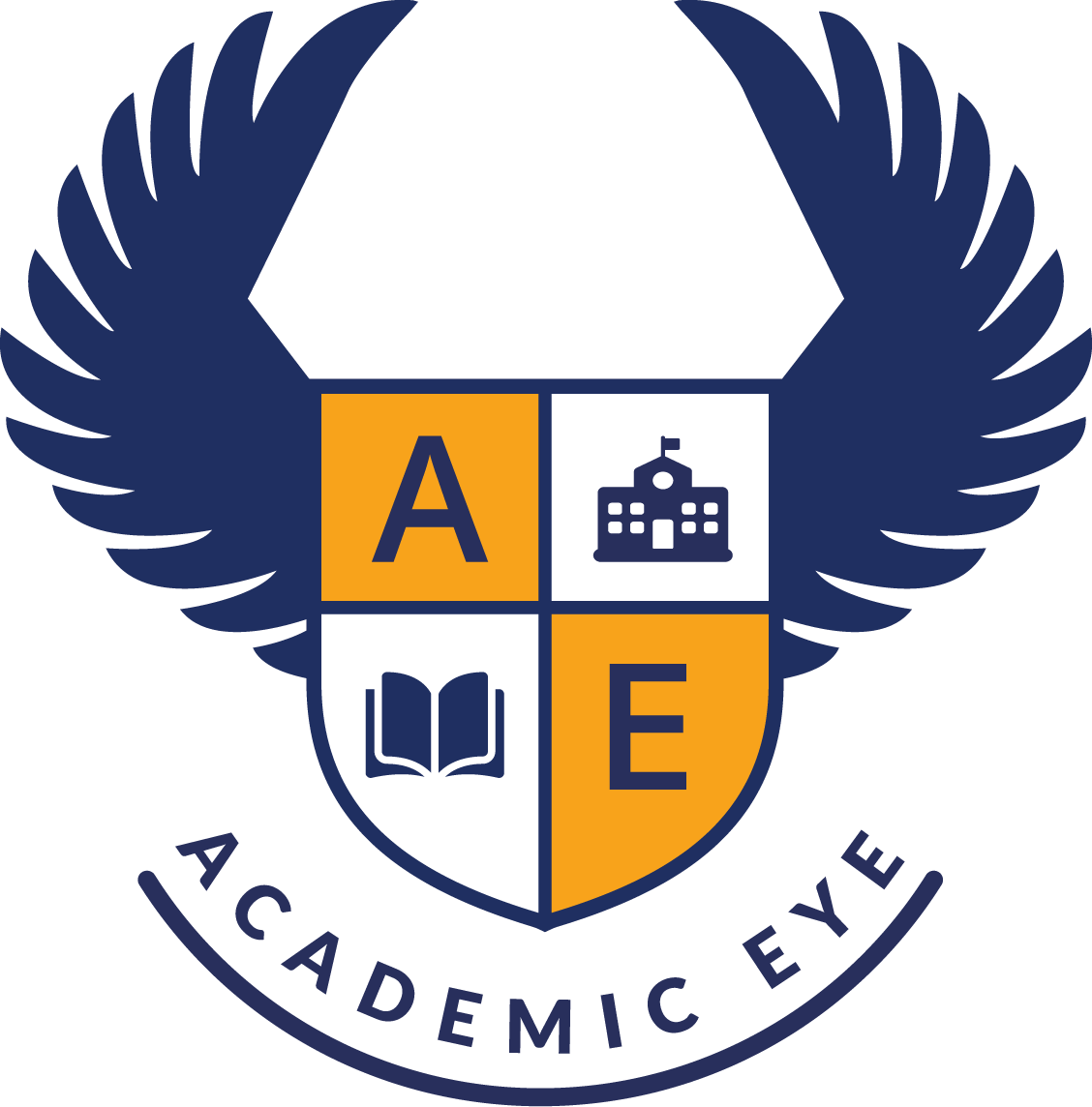Description

3ischools

Classe365
Comprehensive Overview: 3ischools vs Classe365
3ischools and Classe365 are both school management software solutions that are designed to streamline administrative and educational processes for educational institutions. Here’s a comprehensive overview of each, including their primary functions, target markets, market share, user base, and key differentiating factors.
3ischools
a) Primary Functions and Target Markets
-
Primary Functions:
- Student Information Management: Allows schools to manage essential student data, attendance records, and academic progress.
- Communication Tools: Provides messaging systems for teachers, students, and parents.
- Finance and Accounting: Handles fee management, billing, and other financial transactions.
- Timetable and Scheduling: Facilitates course scheduling and resource allocation.
- Reporting and Analytics: Generates various reports to aid in decision-making processes.
- Learning Management: Supports online learning modules and assessments.
-
Target Markets:
- Primarily targets K-12 schools, but can also be adapted for use by other educational institutions including colleges and universities.
b) Market Share and User Base
- Market Share and User Base:
- 3ischools is a player in the school management system market, with a growing presence in regions like Asia and Africa, where it targets under-digitized educational sectors.
- It is not as widely recognized on a global scale compared to some major competitors but has a niche following in regions with a growing need for digital transformation in education.
c) Key Differentiating Factors
- Localized Approach: Tailored for schools that might need specific regional adaptations, which might not be the focal point for larger global competitors.
- Affordability: Likely offers competitive pricing aimed at smaller institutions, especially in developing regions.
- Ease of Use: Designed to be user-friendly to ensure adoption even by institutions with limited technological infrastructure.
Classe365
a) Primary Functions and Target Markets
-
Primary Functions:
- Unified Student Management System: Manages student admission, enrollment, and records efficiently.
- Academic Management: Facilitates course planning, online assessments, and grading.
- Communication and Collaboration: Features tools for internal communication and collaboration among students, teachers, and parents.
- Finance Management: Comprehensive finance management covering tuition, billing, and other monetary matters.
- CRM and LMS Integration: Combines a customer relationship management approach with a learning management system.
- Analytics and Reporting: Offers advanced analytics and reporting tools for tracking student performance and operational insights.
-
Target Markets:
- Targets a broader spectrum including K-12 schools, colleges, and universities, as well as vocational training centers and corporate training environments.
b) Market Share and User Base
- Market Share and User Base:
- Classe365 holds a significant share in the education technology market, particularly appealing to institutions looking for a comprehensive solution that integrates CRM and LMS functionalities.
- Global presence with users across different continents, showing stronger penetration in tech-savvy educational landscapes.
c) Key Differentiating Factors
- Integration and Versatility: Offers a more integrated solution combining CRM and LMS, appealing to institutions that require both administrative and educational tools within a single platform.
- Customization and Scalability: Highly customizable and scalable, making it suitable for educational institutions of various sizes and needs.
- Innovative Features: Frequently updates its features to include the latest technological advancements, such as AI-driven analytics and comprehensive mobile solutions.
Comparison Summary
- User Focus: While both systems aim to enhance educational management, 3ischools appears more niche-focused on schools needing basic yet effective tools, often in developing regions. Classe365, on the other hand, targets a diverse range of educational environments, including corporate training, with advanced integration features.
- Market Reach: Classe365 has a broader market reach and a more diversified user base, positioning itself as a versatile solution for various educational needs. 3ischools, meanwhile, focuses on modular simplicity and regional adaptation.
- Innovative Edge: Classe365 leads with cutting-edge features and integration capabilities, whereas 3ischools emphasizes ease of use and cost-efficiency.
Overall, both platforms serve essential roles in the digital transformation of educational management, catering to different segments of the education market.
Contact Info

Year founded :
Not Available
Not Available
Not Available
Not Available
Not Available

Year founded :
2013
+61 2 9640 0331
Not Available
Australia
http://www.linkedin.com/company/classe365
Feature Similarity Breakdown: 3ischools, Classe365
When comparing 3ischools and Classe365, both of which are comprehensive school management systems, it's essential to look at their core functionalities, user interfaces, and unique features to understand what each platform offers. Here's a breakdown of these aspects:
a) Core Features in Common
Both 3ischools and Classe365 offer fundamental features typical in school management systems, such as:
-
Student Information System (SIS):
- Manage student records, enrollments, and academic history.
-
Attendance Management:
- Track and record student attendance with ease.
-
Gradebook and Assessment Tools:
- Tools for teachers to record and manage grades.
-
Communication Tools:
- Messaging systems or portals to facilitate communication between teachers, students, and parents.
-
Timetable and Scheduling:
- Tools to create and manage school schedules and timetables.
-
Fee Management:
- Manage billing, invoicing, and payment tracking.
-
Reporting and Analytics:
- Generate reports for student performance, attendance, and other school metrics.
-
Library Management:
- Manage library inventories, track borrowings, and returns.
-
Multilingual Support:
- Support for multiple languages to cater to diverse communities.
b) User Interface Comparisons
-
3ischools:
- 3ischools tends to focus on simplicity and ease of use, offering a straightforward and intuitive interface designed to minimize training time.
- The design typically emphasizes quick access to different modules with minimal clicks, making it easy for non-tech savvy users.
- A clean, uncluttered dashboard that prioritizes essential functions and real-time alerts is often a hallmark.
-
Classe365:
- Classe365 often offers a more dynamic and flexible interface that allows for customization according to user needs.
- The UI is visually appealing with a modern design and interactive elements that engage users.
- It offers a more dashboard-driven approach with widgets and tiles, allowing users to personalize their view.
c) Unique Features
-
3ischools:
- On-the-Fly Customization: Offers broad customization options on-the-fly for reports and dashboards, which might not require technical expertise.
- Localized Compliance Tools: Tailors compliance features specific to regional educational regulations, which can be advantageous for institutions operating in diverse jurisdictions.
-
Classe365:
- Unified Student Engagement CRM: Combines SIS, LMS, and ERP with a strong focus on CRM for student engagement, helping institutions track student interactions throughout their lifecycle.
- Elearning Module: An embedded Learning Management System (LMS) feature that allows for delivering online courses, assessments, and certification, integrating seamlessly with the school’s curriculum.
- AI and Predictive Analytics: Classe365 includes features for predictive analytics to forecast trends in student performance and engagement, allowing schools to proactively address potential issues.
In summary, while both platforms cover the core needs of school management effectively, their distinct features and user interface strengths cater to slightly different needs. 3ischools is ideal for institutions seeking simplicity and compliance customization, whereas Classe365 serves well for those looking to leverage an integrated CRM and advanced elearning capabilities.
Features

Not Available

Not Available
Best Fit Use Cases: 3ischools, Classe365
a) 3ischools
Best Fit Use Cases for 3ischools:
-
K-12 Schools:
- Type: Public or private primary and secondary schools.
- Features: 3ischools provides comprehensive solutions tailored for K-12 settings, including attendance management, grade reporting, and parent-teacher communication.
-
Small to Medium-Sized Educational Institutions:
- Type: Smaller institutions that require a streamlined, user-friendly interface.
- Features: Its scalability and ease of use make it ideal for schools that do not have large IT departments.
-
Schools with Limited IT Resources:
- Type: Institutions with limited technical staff or IT infrastructure.
- Features: The software offers cloud-based solutions that simplify implementation and reduce the need for extensive on-site IT support.
-
Schools Seeking Basic Administrative Tools:
- Type: Schools looking for essential student management functionalities without overly complex features.
- Features: Focus on basic administrative processes like student information systems, timetable management, and communication tools.
b) Classe365
Preferred Use Cases for Classe365:
-
Higher Education Institutions:
- Type: Colleges, universities, and technical schools.
- Features: Advanced features for managing courses, enrolment, financials, and alumni relations make it suitable for higher education needs.
-
Multi-disciplinary Educational Institutions:
- Type: Institutes offering a mix of academic and vocational courses.
- Features: Classe365's modular design allows institutions to customize features according to different disciplines and integrate them seamlessly.
-
Online/Blended Learning Providers:
- Type: Educational platforms offering online courses or blended learning approaches.
- Features: Robust e-learning tools, including LMS capabilities, virtual classrooms, and learning analytics, support digital education delivery.
-
Large, Complex Educational Environments:
- Type: Large institutions with diverse departments and extensive course offerings.
- Features: Classe365 supports complex structures and processes due to its advanced data management capabilities and integrations (e.g., CRM, financial management).
d) Catering to Different Industry Verticals or Company Sizes
-
3ischools:
- Industry: Primarily focuses on the traditional school sector, specifically targeting K-12 education.
- Company Size: Best suited for small to medium-sized educational institutions with straightforward needs, offering essential features without overwhelming complexity.
-
Classe365:
- Industry: Versatile across a broad range of educational settings, including K-12, higher education, and vocational training. Additionally, its adaptability suits online education providers.
- Company Size: Able to scale from small institutions to large universities, Classe365 supports complex, large-scale educational ecosystems thanks to its modularity and extensive feature set.
Both products provide solutions to enhance educational administration, but their strengths lie in catering to different types of educational structures and needs, enabling institutions to better manage and deliver learning experiences tailored to their specific contexts.
Pricing

Pricing Not Available

Pricing Not Available
Metrics History
Metrics History
Comparing teamSize across companies
Conclusion & Final Verdict: 3ischools vs Classe365
When evaluating 3ischools and Classe365, it's crucial to consider various aspects such as features, cost-effectiveness, scalability, user experience, and customer support. Here’s a detailed conclusion and final verdict based on these factors:
a) Best Overall Value
Considering all factors, Classe365 generally offers the best overall value for most educational institutions. It is more versatile in its feature set and supports a broader range of educational environments, from K-12 to higher education and vocational training. Its pricing is competitive, and the integration of various functionalities into a single platform makes it a cost-effective solution.
b) Pros and Cons of Each Product
3ischools
-
Pros:
- User Interface: Known for its intuitive and user-friendly interface, making it easy for teachers and students to adopt.
- Targeted Features: It focuses on core educational management features, making it streamlined and efficient for schools primarily needing these functions.
- Support: Offers good customer support with quick response times, ensuring minimal downtime or technical issues.
-
Cons:
- Limited Scalability: May not offer the same level of scalability or extensive functionalities as some competitors, particularly for larger institutions.
- Integration: Might lack native integration with some third-party applications or require additional effort to integrate.
Classe365
-
Pros:
- Comprehensive Features: Offers a wide array of features including Learning Management System (LMS), Student Information System (SIS), and Customer Relationship Management (CRM) capabilities.
- Scalability: Suitable for various educational settings, providing flexibility as institutions grow.
- Integration and Customization: Offers robust integration capabilities with numerous third-party applications, ensuring a seamless experience across platforms.
-
Cons:
- Complexity: The extensive feature set can be overwhelming, requiring a steeper learning curve for new users.
- Cost: May have a higher cost for institutions that do not need the full suite of features, although package options can mitigate this.
c) Recommendations
-
For Smaller Institutions or Those Needing Basic Features: Consider 3ischools if your institution requires a straightforward, easy-to-use platform with strong support and adequate core functionalities without the complexities of more extensive systems.
-
For Larger Institutions or Diverse Educational Needs: Classe365 is recommended for those who need an all-in-one solution that can grow with the institution, offering extensive customization, integrations, and support for a variety of educational models.
In conclusion, while 3ischools may fit the needs of smaller or more specialized schools looking for simplicity and ease of use, Classe365’s comprehensive feature set and flexibility provide better value for institutions seeking a scalable and integrated educational management system. Users should assess their institution's specific needs and growth plans to make the most informed decision.
Add to compare
Add similar companies




